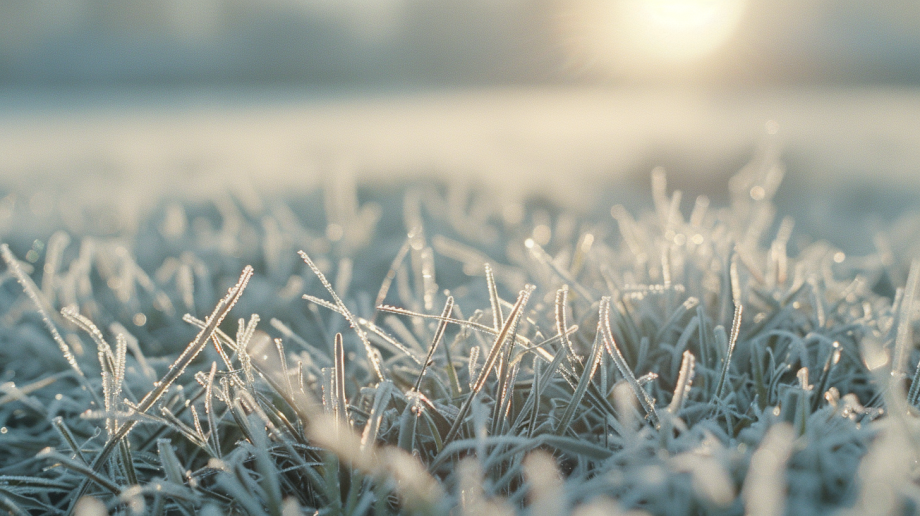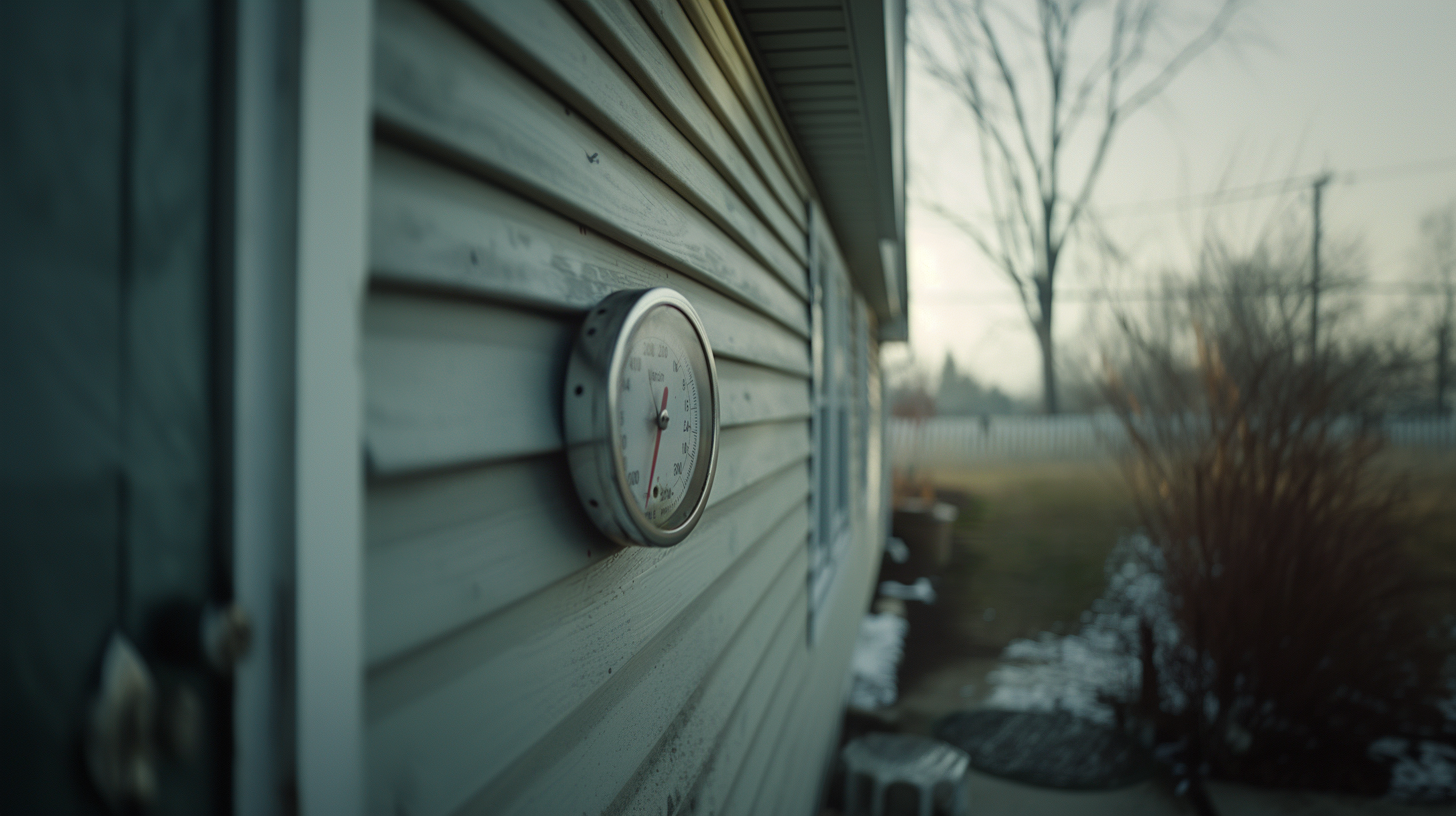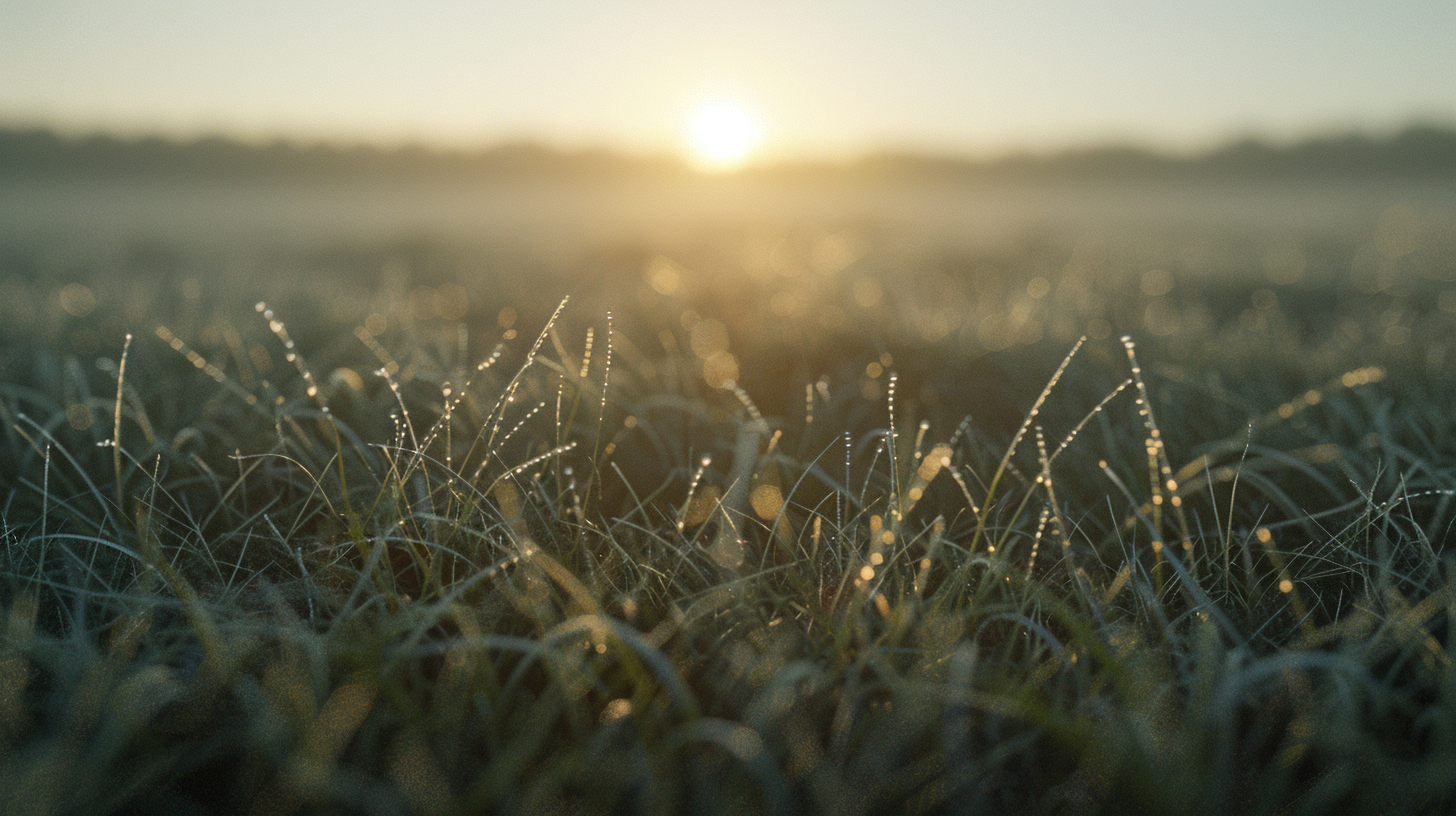
What Temperature Is Too Cold To Mow Grass? (Solved)
Ever wondered when it’s just too cold to fire up that mower?
As the weather cools down, it’s a question that pops up for many of us.
It’s usually too cold to mow grass when the temperature drops below 40°F (4°C).
In this post, I’ll explain why anything below this temperature is too cold to mow grass and the risks of doing it. Plus, I’ll give you some signs to watch out for along with some tips.
When Is It Too Cold To Mow?
There’s no exact temperature that’s “too cold” for mowing, but you’ll want to put the brakes on mowing when the thermometer dips below 40°F (4°C).
Why? Well, a few reasons.
First, the grass gets a bit brittle in the cold, so it’s more likely to get damaged. Also, you’ve got to watch out for frost – mowing frosty grass is a big no-no.
And don’t forget about moisture.
Also Read: Peat moss for bare spots in lawn
Let me explain this in more detail next.
Risks Of Mowing In Cold Temperatures
Mowing when it’s too cold can cause some problems. Let me break them down:
#1 Damage To Grass Blades
Mowing when it’s too cold can be rough on your grass.
Cold temperatures make grass blades stiffer and more brittle.
Instead of being cut cleanly by the mower blade, the grass is more likely to be torn or shredded.
This can leave rough edges on the grass, which doesn’t just look bad but also makes the grass more likely to get diseases or be attacked by pests.
The damaged blades might turn brown, making your lawn look unhealthy.
#2 Compacts The Soil
Mowing when it’s cold can also mess with your soil too.
When the ground is cold, especially if it’s wet or partially frozen, it’s more likely to get squished down by the weight of the mower.
This compacted soil makes it harder for grass roots to grow, tougher for water and nutrients to reach the roots, and can lead to drainage problems.
Plus these effects can stick around long after the cold weather is gone.
So it’s going to affect your lawn’s health throughout the growing season.
#3 Lowers Mower Performance
Cold weather doesn’t just affect your grass – it can also affect how well your lawn mower works.
Cold temperatures make engine oil thicker, which can make it harder for your mower to start and run well. This extra strain on the engine can cause more wear and tear, and shorten your mower’s life.
If you’ve got an electric mower, cold temperatures can affect the battery, making it run out faster and work less efficiently.
Also Read: Will lime kill new grass seed?
For gas-powered mowers, cold weather can mess with the fuel, potentially causing starting problems or making the engine run poorly.
Signs That It’s Too Cold To Mow

So how can you tell if it’s too cold for mowing, beyond just checking the thermometer?
Your lawn can actually give you some pretty clear hints. Here are some things to look out for:
Frost Or Ice On The Grass Blades
If you step outside and see your lawn sparkling with frost or ice, it’s definitely not mowing time.
Those little ice crystals make the grass super fragile. Try mowing now, and you’ll end up with a lawn that looks like it’s been through the wringer.
Even if the air feels kind of warm, frost can still show up on clear nights when the ground gets extra cold.
Frozen Or Very Wet Soil
The ground beneath your feet can tell you a lot too.
If the soil is frozen solid, that’s a big red flag for mowing. Trying to mow on frozen ground can tear up your lawn, mess up your mower, and hurt the grass roots. Not good!
Likewise, if the soil is wet and squishy (which happens a lot in cold weather), it’s best to wait.
Mowing on really wet soil can compact it too, which isn’t great for your grass.
A good test: if you can see your footprints in the lawn long after you’ve walked on it, or if there are puddles hanging around, it’s too wet to mow.
Tips For Mowing In Cooler Weather
Here are some of my best tips for mowing in cold temperatures:
Wait For Frost To Melt
One of the most important things to remember when mowing in cooler weather is to always wait for any frost to melt completely before you start mowing.
Grass covered in frost is very easy to damage like I explained.
So wait until the sun has fully melted the frost and the grass returns to normal.
Also Read: granular or liquid fertilizer
Let The Grass Grow More
As it gets colder, it’s usually a good idea to let your grass grow a bit longer.
Longer grass blades help protect the base of the grass plant, which is important for it to survive during colder months.
A good rule to follow is to never cut off more than one-third of the grass blade length in one mowing session. In cooler weather, you might want to cut even less than that.
This approach helps reduce stress on the grass and allows it to keep more of its energy, which is important for surviving winter and recovering in spring.
Best Time Of Day To Mow In Cold Weather

If you have to mow in cooler weather, do it in the late morning or early afternoon when temperatures are at their highest for the day.
This makes sure that any morning dew or frost has had time to evaporate.
And it reduces the risk of fungal diseases and makes for a cleaner cut.
Plus, mowing at this time gives the grass several hours of daylight to recover before night comes and temperatures drop again.
And try to avoid mowing early in the morning or late in the evening when temperatures are at their lowest and there’s usually more moisture.
Bottom Line
So there you have it – the lowdown on mowing in cold weather.
While 40°F is generally the cut-off point, remember to look out for other signs like frost, wet grass, or frozen ground.
Follow all the tips I’ve talked about and you can keep your lawn healthy all year round!
FAQs
Can You Mow Lawn After Frost?
No, it’s best to wait until the frost has completely melted and the ground thaws a bit. Mowing frozen grass blades can damage them.
Is It Better To Leave Your Lawn Long Or Short For Winter?
It’s better to leave your lawn a bit long for winter, ideally between 2 and 2.5 inches tall.








